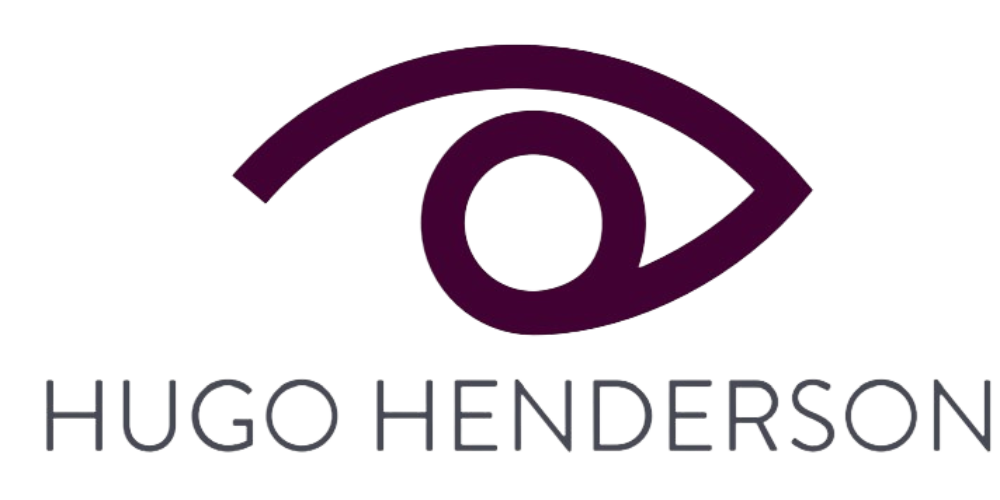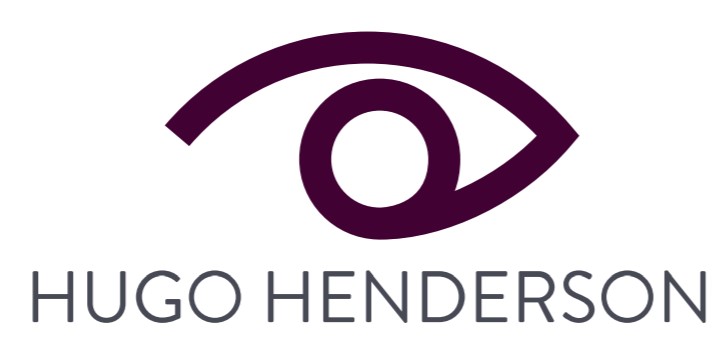Eyebag Surgery
Lower Lid Blepharoplasty
Lower Eyelid Blepharoplasty
Lower eyelid blepharoplasty (or eye bag surgery) is a surgical procedure used to reduce eyelid puffiness by remodelling the fat, skin and muscle and the supporting structures of the lower eyelids. It is often combined with upper blepharoplasty surgery designed to remove heaviness and hooding of the upper eyelids. This combination is called ‘four lid blepharoplasty’.
Hugo’s philosophy is to conserve tissues as much as possible during surgeries to avoid the gaunt stretched look that can so often result from poorly executed cosmetic surgery. Where appropriate, he augments surgery with fat transposition (for example, sliding fat that is causing eyelid puffiness to fill an adjacent hollow) and grafting (which is when we use fat harvested from the abdomen or thigh to add volume to the face).
For lower eyelid surgery Hugo, where possible, will avoid creating an incision and scar in the skin by placing a suture-less incision behind the eyelid on the posterior surface. He often combines lower eyelid surgery with fat transposition and fat grafting, to both replace cheek volume that has been lost over the years and to improve the lower eyelid and cheek contour. Fat grafting contains stem cells and factors that also improve the skin quality. Hugo has found this very effective in facial reconstruction after trauma and to treat wasting diseases as it both adds volume and improves skin texture and elasticity.
Lower eyelid blepharoplasty is more complex than upper blepharoplasty and surgery is not generally undertaken with local anaesthetic alone. Either ‘twilight’ anaesthesia where local anaesthetic is combined with intravenous sedation, or a general anaesthetic is used. These anaesthetic techniques require admission to the main hospital as a day patient. Generally, admission is early on a Friday morning with discharge in the afternoon. When you return from theatre to the ward, both eyes are padded so you cannot see for a few hours, the pads are then removed. Once you have recovered from the anaesthetic you can leave the hospital. It is best to have someone take you home and be with you the first night. If this is not possible a night can be booked in the hospital.

What to expect
At the consultation
We will need your complete medical history, so make sure you have checked your own records and bring this information with you. We will specifically ask if you have any allergies, whether you are taking any vitamins, medications, or other drugs (both prescription and over the counter) and if you smoke. In addition, glasses and contact lens wearers should bring these along. We would also like to have any relevant information from your optician, or a record of your most recent eye exam. During the consultation we will also test your vision and tear production.
The consultation will be the best time to discuss your goals and expectations for surgery. This will be whether to do all four eyelids (or just the lower ones), whether you would like skin and/or fat to be removed at the same time, and whether any additional procedures are appropriate.
It is important to bear in mind that blepharoplasty won’t remove crow’s feet or other wrinkles, dark circles or lift sagging eyebrows.
Before Your Surgery
We will send you guidelines on how to prepare for your surgery, this will include advice on what to eat and drink, which vitamins and medications to take, which to avoid and what to do if you smoke. To optimise your chances of a safe and successful surgery, it is essential that you follow these guidelines. You may also need to arrange for someone to drive you home after surgery and be around to help you out at home if needed for a few days.
During Your Surgery
For all four lids, the average time of surgery is around two and a half hours. Typically, Mr Henderson will make incisions to follow the natural lines of your eyelids; for the upper lids, this will be in the creases, and for the lower lids, it will be just below your lashes. Skin will then be separated from the underlying fatty tissue and muscle, and excess fat will be removed, while any remaining fat will be remodelled. If required, sagging skin and muscle will be trimmed before the incisions are closed with very fine sutures.
For those with suitably elastic skin, a transconjunctival blepharoplasty may be performed. This is when the incision is made within the lower eyelid and leaves no visible scar.
After Your Surgery
After surgery, your eyes will be lubricated with ointment and a bandage applied. Your eyelids may feel tight and sore as the anaesthesia wears off, but you will be advised on how to control any discomfort and prescribed appropriate pain medication. If you feel any severe pain, call the hospital immediately.
You will need to keep your head elevated for several days and use cold compresses to reduce swelling and bruising. It is important to note that bruising varies from person to person. However, it will reach its peak during the first week but, depending on the individual, could then last anywhere from two weeks to a month. For the first few weeks expect to feel at least some of the below:
- Gummy eyes (we will show you how to clean these)
- Dry eyelids or itching or burning eyes (we will prescribe you eyedrops or ointment to help with this)
- Excessive tearing of your eyes
- Sensitivity to light
- Temporary changes to your eyesight such as blurring or double vision
Recovery Timeline
1 – 7 days: We will be in close contact so we can monitor your recovery. One week after surgery, your stitches will be removed and once they are out, the swelling and discoloration around your eyes will gradually subside and you will look and feel much better!
2 – 3 days: You should be able to read or watch television.
7 – 10 days: You should be able to go out in public and back to work. You may be sensitive to sunlight, wind, and other irritants for several weeks, so you should wear sunglasses and a special sunblock made for eyelids when you go out. Make up will help to disguise any remaining bruising.
14 days: Contact lens wearers can put their contacts back in.
What Are The Risks?
Providing that you chose an appropriately qualified oculoplastic surgeon, and follow all the advice and guidelines given, the risks associated with blepharoplasty are usually infrequent and minimal. Some minor complications that can occur include:
- Double or blurred vision for a few days
- Temporary swelling at the corner of the eyelids
- A slight asymmetry in healing or scarring
- The appearance of tiny whiteheads after stitches have taken out (these can easily be removed with a fine needle)
More serious complications are rare but could include difficulty closing eyes to sleep, (including permanently in rare cases). One extremely rare complication is ectropion, a pulling down of the lower lids. In this case, further surgery may be required.
Unfortunately, while blepharoplasty is usually a very safe surgery, the following conditions render it risky and will need to be discussed, alongside your full medical history, before proceeding:
- Pre-existing medical conditions such as hypothyroidism and Graves’ disease
- Dry eye
- High blood pressure or other circulatory disorders
- Cardiovascular disease
- Diabetes
- Detached retina
- Glaucoma
